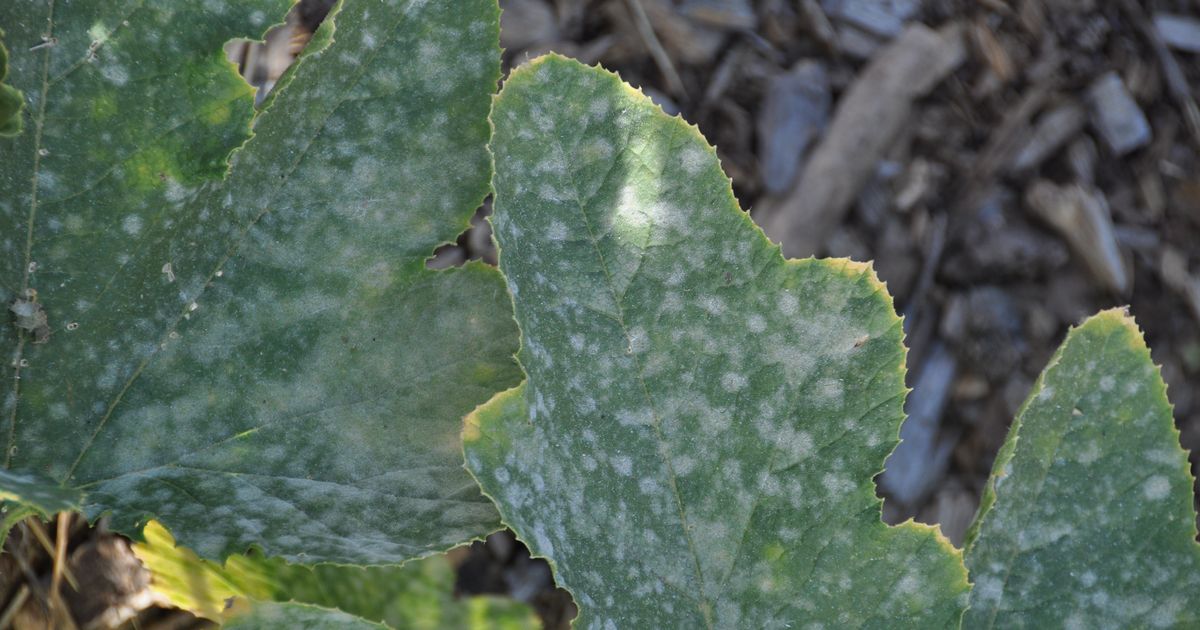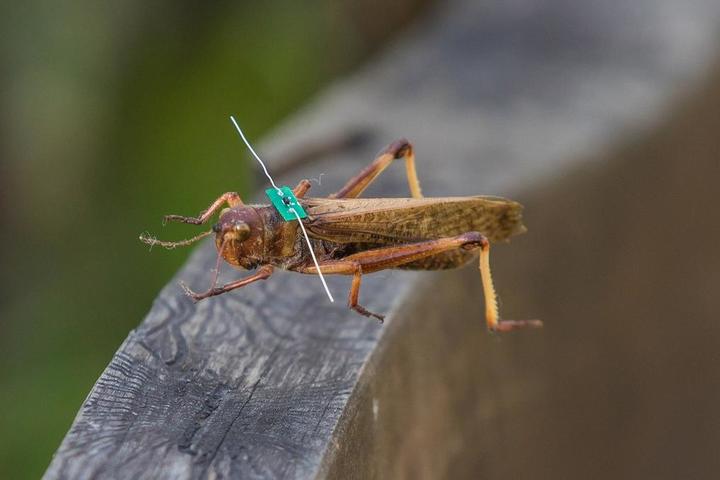Could it be possible? The temperature will be in the mid-80s until next Tuesday. Traditionally, we start cooling off in mid-August, and it looks like we’re doing just that. Now it’s time to go out, pull the weeds and prepare for the transition into September.
As soon as the nights cool down and we get higher humidity or some rain, powdery mildew begins to attack the leaves of squash, squash, cucumber and maybe beans, beets, carrots, eggplants, melons, parsnips, peppers, tomatillo, tomatoes and beets. Powdery mildew is a fungus that develops when the weather cools in late summer and early fall. It appears as a powdery gray or whitish haze on plant leaves when temperatures fluctuate from cool nights followed by warm days. Over time, the fungus can form a thick layer of powder. The powder is made up of spores that are shed and spread to other plants. Once established, it cannot be removed and can reduce the leaf’s ability to photosynthesize. If you want to control it, you must treat it now before it appears.
Overfeeding can stimulate new growth that is more susceptible to the fungus. Powdery mildew is more likely if your plants are crowded or if the air circulation between them is poor. There are many cultural ways to prevent powdery mildew from setting in. Watering with overhead sprinklers can help. The water on the leaves will help wash off the spores before they can settle. Do this in the morning so the plants can dry off during the day.
You can treat the susceptible plants with a commercially available organic fungicide that contains sulfur as an active ingredient. If the box shops don’t have it, check with the independent garden centers or order online. If home remedies are more your style, there are some simple sprays that can be made from household products. They can be used preventively or for existing infections.
For prevention, sodium bicarbonate (baking soda) and potassium bicarbonate can be mixed and used. Potassium bicarbonate is the same as low-sodium baking soda. Mix a tablespoon of baking soda and half a teaspoon of liquid soap such as Castile or Dawn dish soap in a gallon of water. Spray the plants liberally and soak the top and bottom leaf surfaces and any affected stems or fruit. Repeat applications once a week.
A milk-based spray works especially well on zucchini, melons, and cucumbers. Mix one part milk with two to three parts water and spray liberally as described above. All of these sprays are believed to alter the chemistry of the leaf surface, making it inhospitable to powdery mildew. Neem oil alone doesn’t treat powdery mildew, but adding a few tablespoons to these sprays can give them an extra boost.
Use a hand-held sprayer that hasn’t been used for other chemicals and soak the leaves thoroughly until the harvest is complete.





/cloudfront-us-east-1.images.arcpublishing.com/gray/4SUXZM4KS5MA7L7US4QRSJH5AE.jpg)




/cloudfront-us-east-1.images.arcpublishing.com/gray/RJGDSPIN4BCP5IHCQHS7JZRRUQ.JPG)